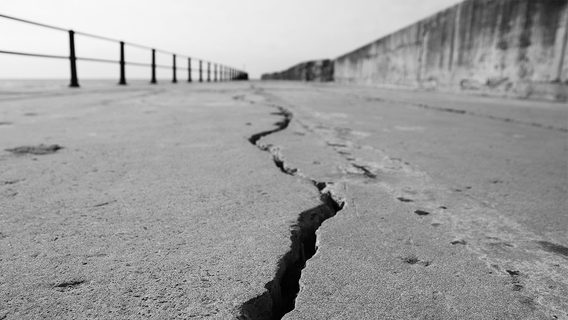-

Insights
Discover new opportunities for your business
Built on experience, research, and on-the-ground knowledge, our insights help you thrive across new frontiers.
Explore our insights
Global research
Discover differentiated research delivered by our team of Global Research experts.
Industries in Transition
Explore fresh perspectives and client stories across sectors transitioning to more renewable practices.
Bankable Insights for businesses
Bringing you trends, latest insights and best practices, so you can take advantage of business opportunities.
Podcast Hub
Subscribe to our podcast channels for expert views on sustainable finance, digital and market trends.
Featured reports

Global Research
Global Outlook 2026 – An uneasy calm
The executive summary of our report highlights key shifts in growth drivers in 2026, risks that might reshape the outlook, and how we see key economies performing in the coming year.

Global Research
Global Outlook H2-2025: The aftershock
The executive summary of our report examines risks to the global economy from tariff uncertainty. While momentum is slowing in the US and China, we see bright spots, especially in EM.

Islamic Banking
Islamic Banking for Corporates
Broadening Horizons
Explore how Islamic finance is evolving into a mainstream solution for corporates – from trade finance to sustainable sukuk.

Islamic Banking
Islamic Banking for Financial Institutions
Unlocking growth amidst global shifts
Explore the key drivers behind the remarkable growth in Islamic finance, emerging trends, as well as the challenges and opportunities that lie ahead for financial institutions.

Future of Trade
Powering Resilience
Explore our survey findings of more than 1,200 global corporate leaders on how they will power resilience amidst change.

Transition Finance
The Carbon Capture and Storage opportunity in Asia
CCS stands out as a strategic opportunity for Asia to accelerate decarbonisation, drive sustainable growth, and foster regional collaboration and innovation.

ASEAN
SEA Green Economy Report 2025
The Southeast Asia Green Economy Report 2025, developed by Bain & Company, GenZero, Google, Standard Chartered, and Temasek identifies how systems-level solutions, key enabling solutions, and collaboration with APAC nations could unlock emission reductions and deliver new economic value and jobs for the region by 2030.
Tune in to our latest podcast episodes

Global Outlook 2026 – An uneasy calm
What is the outlook for 2026? Eric Robertsen, Razia Khan and Divya Devesh examine new global growth drivers, the key risks they present, and their potential impact on DM and EM asset markets.

The financial-market surprises of 2026
Hear from Justin Ma and Anshari Rahman, Director of Policy and Analytics at GenZero as they discuss strategies to develop the policies and infrastructure that are necessary to scale carbon markets in the region.
Explore our client case studies
Automation, APIs and broader coverage power Tazapay’s growth
With new currency capabilities and payment solutions, Tazapay has now ce…
17 Sep 2025
AUD 513.5 mn sustainability-linked loan for Metrics Credit P…
Supporting Metrics Credit Partners with a financing facility that has in…
19 Sep 2025
Accelerating Hyundai Engineering’s treasury transformation
By implementing a centralised solution to six entities in its core marke…
17 Sep 2025
Flexible receivables purchasing to boost liquidity
With an increasingly global footprint, UAE-headquartered Ducab has impro…
08 Sep 2025
SGD643 million loan backs Singtel’s next-gen data centre
Singtel’s Arthur Lang and Standard Chartered’s Chow Wan Thonh discuss ho…
16 Sep 2025
What Chint did in improving renewable energy in Portugal
How we supported Chint with EUR420m financing, securing 5.5GW new solar …
08 Sep 2025
Explore our insights
Find news and views to bolster your business.
Infrastructure, innovation, inclusion in digital trade
Samuel Mathew, Global Head Documentary Trade at Standard Chartered, discusses digitalisation in global trade.